5. Monster (Patty Jenkins, 2003)
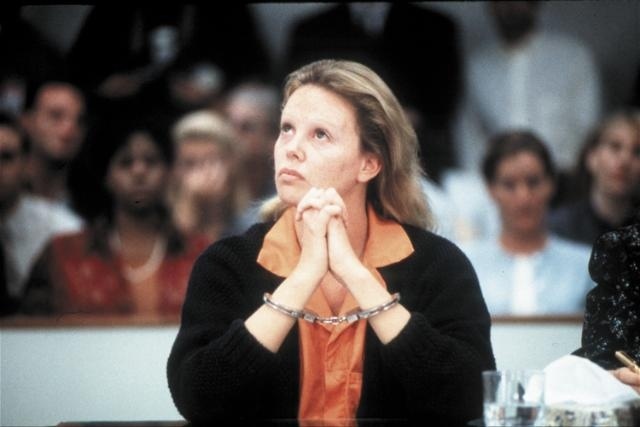
As the titles suggests, “Monster” is about a serial killer who many view as a monster for their horrific crimes. But what the title does not indicate is that the titular monster was not always this way and the film is about how the protagonist became a monster, specifically a serial killer.
Prostitute Aileen Wuornos (Charlize Theron) grew up with various men abusing her and taking advantage of her sexually, giving her an extreme hatred of men. She gets raped by one of her clients, whom she kills in self defence. After failing to get a legitimate job due to her criminal record and lack of work experience and skills, Aileen returns to prostitution, but uses her role to kill and rob her clients, even the ones who treat her well.
“Monster” is told from the killer’s point of view, in how Aileen justifies her crimes with the belief that all men are out to hurt her. It depicts how she became a killer through her abusive and rough childhood, and discrimination for being a lesbian. With the tough upbringing Aileen had in the ‘white trash’ world and the bad luck she faced in her life, viewers cannot help but feel sorry for her, as it is almost as if Aileen’s life was always pushing her into a life of crime. What makes “Monster” more disturbing is that it is based on a true story; Charlize Theron’s performance rightfully won her the Best Actress Oscar in 2004.
4. American Psycho (Mary Harron, 2000)
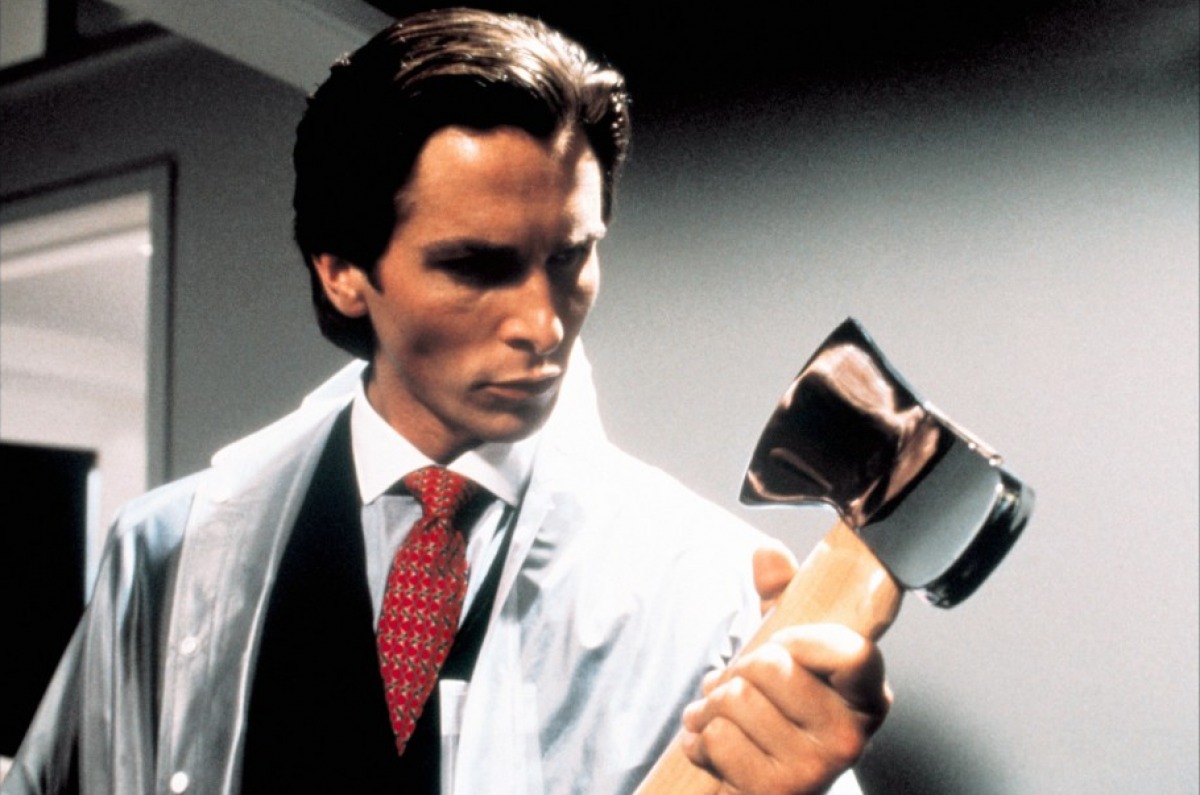
“American Psycho” is based on the controversial Bret Easton Ellis novel of the same name that has been banned in some parts of the world for its graphic depiction of violence that, frankly, makes the movie look tame by comparison. However, that is not to say that the film version is bad; it is a great movie that is in equal measures hilarious and creepy, often at the same time, due to its stockbroker/serial killer protagonist, Patrick Bateman (Christian Bale).
Although the film is thematically more about 80’s-era materialism, yuppie culture, and hedonism than it is about serial killers, Bateman’s bloodlust is inspired by his inner disgust at those things. Patrick Bateman is a rich, handsome, and ridiculously smug man who works on Wall Street, but this high social status still does not satisfy his evil urges and true nature. He kills people at night, mostly prostitutes and homeless people, to fill the dark void in his soul.
The restaurants and nightclubs are the cool places Patrick hangs out at and that is the image he wants to project to others. However, when he is outside in the streets or at home, he shows his true, sinister nature with the people he is often alone with in order to kill them without witnesses.
Although the violence seen on screen is nasty, Bateman’s most brutal acts happen off screen, leaving the disgusting acts Bateman inflicts on his victims up to the viewer’s imagination, much like the violence in the book the film is based on. What makes “American Psycho” unique as a serial killer film is that the murders are often both comedic and horrific simultaneously. Although some of the murders are indeed creepy, especially with the film’s sometimes sinister score, some are obviously played up for laughs.
3. Natural Born Killers (Oliver Stone, 1994)
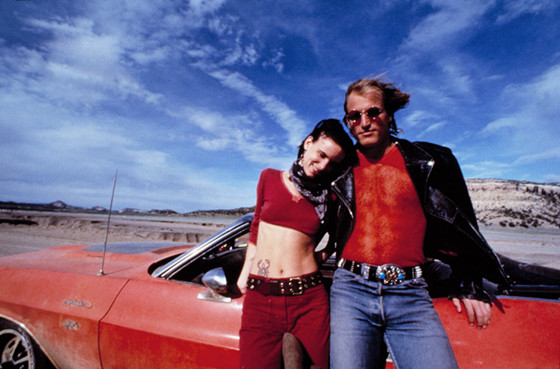
Director Oliver Stone was never shy to confront controversial subject matters in the films he made in the 1980s and 1990s, but “Natural Born Killers” could be the film that elicited the most vitriol of them all. The original screenplay was written by Quentin Tarantino early in his career and was eventually brought by Stone, who rewrote it to better suit his vision. Despite the changes, the film is ultimately a combination of both Tarantino’s trademark brash violence with Stone’s ballsy criticism of American society, which is a match made in heaven – or hell, considering the violence and subject matter.
Troubled young couple Mickey (Woody Harrelson) and Mallory Knox (Juliette Lewis) drive around America killing innocent people for their own amusement, as they see people as inherently evil due to the constant abuse they received as children. Both the police and the media are after them, to bring them to justice and television, respectively.
Told from the killer’s point of view, this film satirises the media’s glorification of serial killers and how the public makes killers icons, akin to the real-life criminal legend Charles Manson. One thing that really makes “Natural Born Killers” stand out in the serial killer genre is its weird and sometimes nauseating, but also hypnotic, visuals throughout the movie. The visuals represent the Knoxs’ insanity and the surreal nature of their lives and everything happening around them. The frequent use of real-life television commercials and news footage satirises the media’s cynical glorification of these serial killers for ratings.
While most serial killers are sneaky and calculated in the murders they commit, these two have no restraint at all with their killings. In fact, they are very open about committing the crimes they have committed, so much so that they always leave one person alive to tell the tale of how they survived encountering Mickey and Mallory Knox.
A film like this was always going to ruffle feathers, especially under Stone’s direction. The public finding the violence the killers inflict upon people entertaining could be compared to how the ancient Romans found the brutal deaths that happened in colosseums to be an entertaining pastime. People have always found murders to be equally horrific and exciting at the same time, representing the ugly duality of man’s opinion on violence.
2. Seven (David Fincher, 1995)
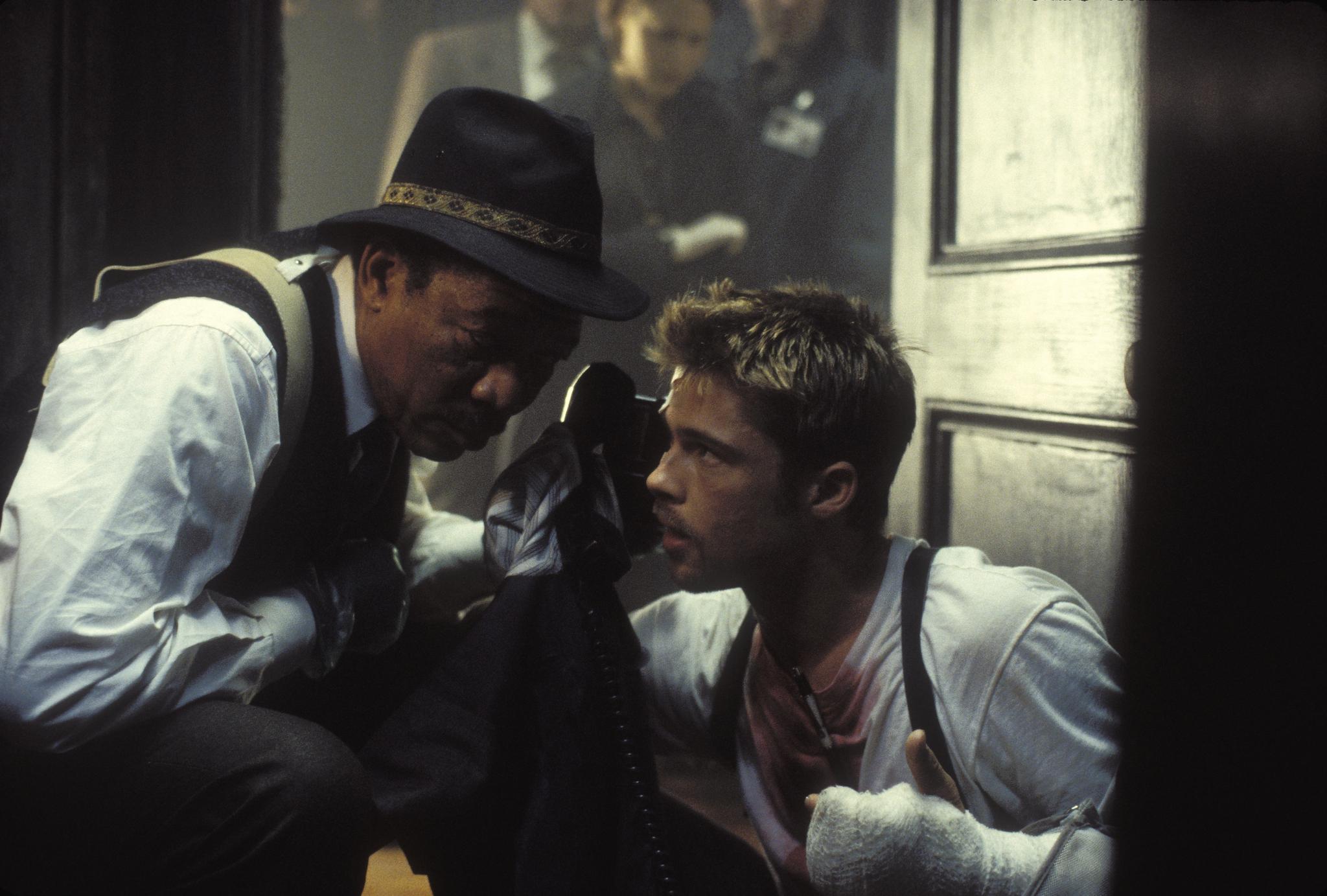
Director David Fincher is one of the most acclaimed directors in modern cinema, particularly known for his work in the thriller genre. While Fincher made “Zodiac” in 2007 about the real life Zodiac killer in 1960’s and 1970’s California, that was a pretty basic serial killer and police procedural film overall. However, his first film about a serial killer, “Seven”, is far from basic.
In “Seven”, each victim is murdered as they have committed one of the seven deadly sins written in the Bible. The victim is killed in a disgusting way that fits with their particular sin, such as an obese man eating food until his stomach ruptured for committing the sin of gluttony, or how a prostitute was repeatedly stabbed in her genitals for tempting men to commit the sin of lust.
Despite one of the Ten Commandments specifically tells its followers “Thou shalt not kill,” the mysterious serial killer only known as John Doe (Kevin Spacey) has contradicted his extreme religious beliefs by repeatedly committing murder. He feels his actions are a case of where the end justifies the means.
Although many societies have condemned sinners ever since the rise of Christianity, “Seven” discusses how the modern world has come to mostly care less about people committing these immoral acts. While “Seven” is indeed a serial killer film, it is also about some of the foundations of both the modern world and present day America, a predominantly Christian country.
You never see the murders actually happen, just the aftermaths that the detectives investigate, but with such horrific crime scenes, would viewers actually want to see these crimes happen? Being a David Fincher film, the dark visuals are captivating, creating the grim, hopeless, and indeed sinful world the characters live in. The famous ending is simply one of the bleakest endings from a Hollywood film, and the overall film still haunts moviegoers to this day.
1. Henry: Portrait of a Serial Killer (John McNaughton, 1986)
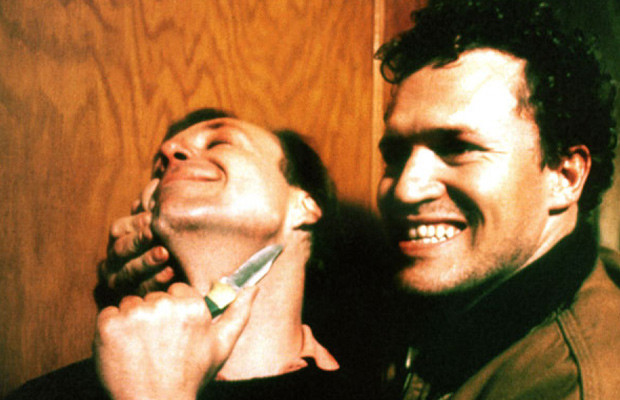
The subject of murder is always a nasty one with horrible aspects to it. What may be just as disturbing as the murders themselves are the mindsets of the murderers who commit these awful crimes. The 1986 film “Henry: Portrait of a Serial Killer” was considered gruesome upon its release, and was banned or heavily censored in many countries around the world, meaning it did not get seen in many countries until years after being filmed. In fact, despite the film being completed in 1986, the film did not get a theatrical release in the United States until 1990.
In the film, a disturbed young man named Henry (Michael Rooker) moves into an apartment with his friend from prison Otis (Tom Towles) and Otis’s sister Becky (Tracy Arnold). Henry and Otis start a brutal killing spree through town, leaving a horrific path of destruction and death. Henry has a self-described “them or us” attitude to justify the murders and he and Otis’s enjoyment of their actions.
Most serial killer movies have a police aspect to them, where the cops are investigating the murders. However, in this film, there are no police officers investigating Henry’s crimes that could eventually lead up to Henry’s arrest.
The film is very focused on how Henry sees things, from his bloodlust and remorseless attitude toward his crimes, to having to deal with his partner-in-crime Otis’s own problems, such as Otis lusting after his own sister. In fact, Henry and Otis purposely perform every murder differently to make the police think they are unrelated murders. This makes the film far creepier, as there seems to be no hope of the police stopping Henry and Otis’s killing spree.